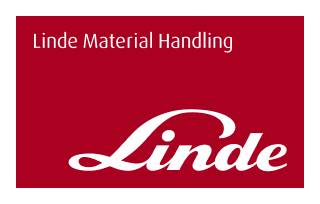- Blog
- Technical


Forklifts are an essential part of many industrial and commercial operations. From warehouses and logistics hubs to construction sites and manufacturing facilities, they’re relied upon every day to lift and move heavy loads in workplaces with efficiency and precision.
However, while forklifts improve productivity, they also pose safety risks if not properly managed. Whether you're investing in used forklifts for sale or looking into forklift rental options, ensuring safe operation of these machines is critical to avoiding workplace incidents.
In this guide, we explore the most common forklift hazards and how to prevent them through training, maintenance, equipment selection, and a strong safety culture. At Linde Material Handling Australia, safety is engineered into every forklift we build, backed by advanced systems and services to help businesses protect their teams.
Every forklift poses potential hazards if not used correctly. Understanding these risks is the first step in building a safer working environment.
Tip-overs are one of the leading causes of serious forklift accidents. These usually happen when:
To avoid these dangers:
Forklift collisions and injuries involving pedestrians often stem from:
Safety measures include:
Incorrectly managed loads are another major hazard, leading to dropped items, tip-overs, or damage to goods and racking. These issues arise when:
To prevent load handling errors:
Forklifts powered by LPG produce exhaust emissions, including carbon monoxide. In poorly ventilated indoor environments, this can pose a serious health risk.
To mitigate this:
The best way to prevent accidents is through a proactive safety program. This includes training, equipment maintenance, and selecting the right tools for each job.
A well-trained operator is your best defence against accidents. Forklift operators should be:
Linde supports businesses with safety training resources and operational guidance to ensure compliance and confidence behind the wheel.
Mechanical issues can cause sudden failures and dangerous situations. Regular checks are essential to keep your fleet in top condition.
Using the wrong equipment for the job is a recipe for risk. When selecting a forklift, consider:
Whether you’re ready to invest in used forklifts for sale or looking to hire a forklift short-term, Linde offers tailored solutions to meet your safety and operational needs.
At Linde, every forklift, whether it’s a rental or purchased unit, is engineered with safety at the forefront. From intelligent operator assistance systems to ergonomic controls and emissions management, we help you reduce risks and increase uptime.
Choosing between forklift rental and ownership depends on your business needs.
Linde Material Handling Australia delivers high-performance forklifts designed to lift and move heavy loads in workplaces safely and efficiently. Whether you're hiring or buying, trust our range and expertise to support your safety goals.
Explore our forklift rental solutions built for your industry, or talk to us about other options such as used forklifts or rent-to-own.
VIEW RENTAL FORKLIFTS